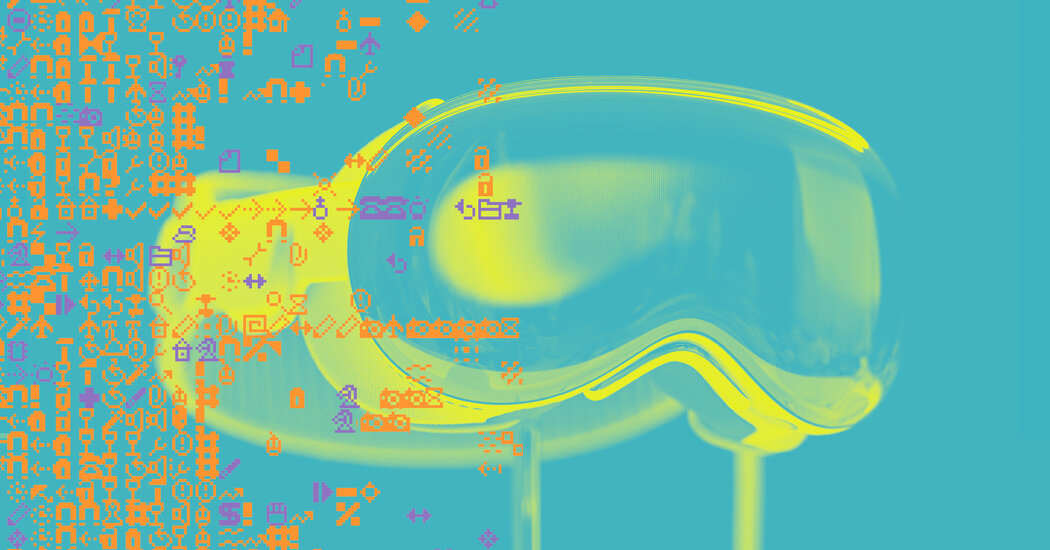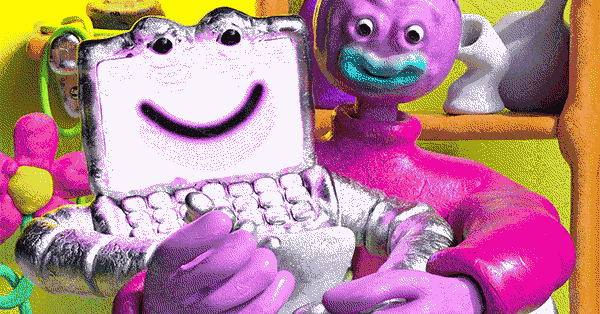How MrBeast Became the Willy Wonka of YouTube
In this context, the strangest thing about “1,000 Blind People See for the First Time” is how familiar it is. Seen alongside everything else YouTube has to offer, it doesn’t come across as demonic. Rather, it’s sappy, earnest and professionally efficient. It establishes its purpose and stakes in the first 30 seconds, hits every emotional beat necessary and lasts not a millisecond longer than it needs to. It is, in content if not in form, television. Tacky chyron and creepy thumbnail aside, it feels much closer to a cable-channel makeover show or a life-affirming local-news segment than it does to the work of YouTube native peers like PewDiePie or the Paul Brothers.
What distinguishes Donaldson from his broadcast-media predecessors isn’t his subject matter or editing style, but rather his relationship to his audience. Vincent Miller, an academic in sociology and cultural studies at the University of Kent in England, first encountered MrBeast “probably the same way any 50-odd-year-old academic would — my kid was watching his videos,” he told me recently. He found himself intrigued (Donaldson would be happy to know) by the channel’s cut-above production values, but also by the pitch: “The interesting thing that he was doing was saying: ‘You don’t have to give up anything. All you have to do is watch. And I make so much money from each one of you who views these things.’”
Miller’s interest in MrBeast resulted in a new academic paper, written with Eddy Hogg, in which Miller places MrBeast in the context of a media-studies concept called the “audience commodity,” the idea that media consumption is essentially a form of labor, because people spend time creating a valuable commodity — an audience — that is then sold to advertisers. One standard objection to this way of thinking about media is that audiences are not consciously entering a marketplace to sell labor, the way a worker comes to an agreement with their boss; indeed, they all but certainly think of what they’re doing as leisure. In most cases, Miller says, they may “not even be aware that they’re producing a commodity.”
Unless, perhaps, they’re watching MrBeast. For Miller, what makes Donaldson remarkable is that he essentially asks his audience to see themselves as a commodity, and to therefore see their views and likes and shares as a force for good: “MrBeast is actually telling people that they’re entering a marketplace, by saying, ‘If you watch this, this is worth so much money, I can raise this much money and I can spend it on good causes.’” As Donaldson says in one video for his philanthropic sub-channel: “Beast Philanthropy is literally funded by your eyeballs. Not even joking.” Watching MrBeast videos may not be “work” in the traditional sense, but insofar as there are no illusions between Donaldson and his viewer about the audience creating a commodity to be sold, it’s more complicated than the commonly understood passive experience of channel-surfing on TV.
For older viewers, maybe less accustomed to seeing themselves so bluntly as numbers on other people’s spreadsheets, the strategy of wedding philanthropy so closely with audience growth can seem, well, icky. But Donaldson’s young fans have mostly grown up on YouTube; some, like Jeremiah Howard, have been watching his videos since they were preadolescents. They’re intimately familiar with the platform’s business and revenue structures, both because so much content on YouTube is concerned with these topics but also because many of them are striving amateur YouTubers themselves. (When I asked Howard what he was going to do with the $50,000 check Donaldson gave him, he told me he was thinking about using it to kick-start his family’s YouTube channel, FLBOYRHINO.) For people in Howard’s position, adjacent to the internet’s vast new engines of wealth and commerce but able only to participate at the margins, MrBeast both imbues their role with a sense of purpose and offers a channel for redistribution that, as Howard learned, may not otherwise happen. To them, he looks not ethically compromised, but ingenious.
In May, a few months after “1,000 Blind People See for the First Time,” Donaldson released a new video called “1,000 Deaf People Hear for the First Time.” If you’ve seen “1,000 Blind People,” you can imagine its follow-up — and the video thumbnail — without needing to watch it. You can imagine the attendant controversy too: the sparring between rapturous MrBeast fans and queasy critics, for whom the video is glib, shallow, icky, demonic.
I’ll admit that I agree with some of those critics, at least to the extent that I think it would be nice if a person with Donaldson’s platform and resources (and evident desire to help people) cast a closer eye on structural problems with the American health care system and on the everyday injustices visited on disabled people. But I can also see how this kind of criticism misunderstands what the MrBeast channel is and how it works. Having kicked his flywheel into action, Donaldson from here can only really keep it spinning. Any deviation might threaten the perpetual motion of his growth machine. (Imagine being 12 years old: Do you want to watch an explainer on private-equity roll-ups of primary-care practices?)


